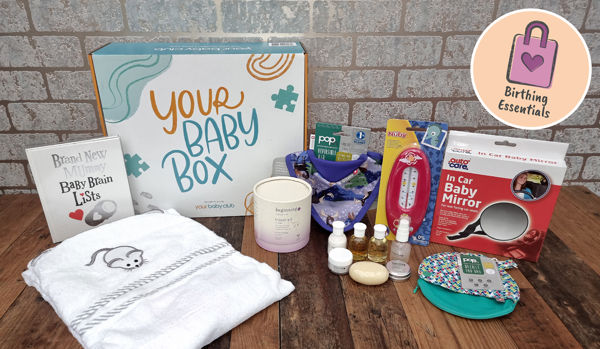A cleft lip and/or palate is the most common facial birth defect in the UK, affecting around 1 in every 700 babies. Yet, despite its prevalence, many people are unfamiliar with the condition.
Here, Dr Peter Mossey – an expert in craniofacial anomalies and Medical Advisory Board member for the global children’s cleft charity, Smile Train - explains what a cleft is, what causes the condition, and how it can be treated.
What is a cleft lip and/or palate?
“A cleft lip is a split in the upper lip, and a cleft palate is a hole in the roof of the mouth. A baby can be born with a cleft lip, a cleft palate, or both.
“Cleft lips can range anywhere from a small gap on the upper lip, to a wide gap which reaches the nose. A cleft palate ranges from a small gap in the uvula – which is the small projection that hands down from the end of the soft palate – to a split that runs from the uvula to the front part of baby’s gum.”
What are the causes of cleft?
“When our faces are developing in the womb, the formation of our upper lip is separated into three different parts. Usually, these parts will meet and join from the nose downwards; however, if this sequence of steps is interrupted on either or both sides of our face, it can cause a unilateral cleft lip (one side) or a bilateral cleft lip (both sides).
“Similarly, our palate is formed in two halves which join at around 12 weeks of pregnancy, separating the space in our nose, from our mouth. It’s difficult to determine exactly what causes the cleft however, it’s thought to be a combination of both genetic and environmental factors.”
What does cleft treatment look like in the UK?
“Fortunately, babies born with a cleft in the UK have access to treatment on the NHS, and will immediately be referred to a multidisciplinary cleft team. This team will work closely with the new parents providing them information and support for their baby and family.
“Surgery to repair a cleft lip usually takes place when the baby is between three to six months old. A cleft palate is repaired between six and twelve months old.
“All aspects of cleft care, including feeding, surgery, speech therapy, hearing checks, dental care and orthodontics (braces) if needed, as well as genetic, paediatric and psychosocial care, are available at no cost.
“Although children in the UK have access to quick and free treatment, many face numerous surgeries throughout their childhood and teenage years, due to the complications that come with the condition.”
What does cleft treatment look like in other areas of the world?
“Sadly, in many other parts of the world, babies do not have access to the medical care that we do in the UK – and so many of them will not receive the surgery and the treatment that they need in order to live long and fulfilling lives.
“If left untreated, these children will experience problems with eating, speaking, hearing and breathing – and they can often be ostracised from their communities for being ‘different'.
“I work with international children’s charity, Smile Train, who offer training, funding, and resources to local medical professionals around the world. Through their “teach a man to fish” model, Smile Train provides the training and support for all medical and healthcare specialities within cleft teams to enable them to offer free cleft surgery and comprehensive cleft care to children in their communities all year round, ultimately elevating the standard of care for cleft patients around the world and reducing inequalities.
“To date, Smile Train has provided over 1.5 million cleft surgeries around the world, and provides over 100,000 surgeries per year, supporting children in need by giving them a forever smile.”






